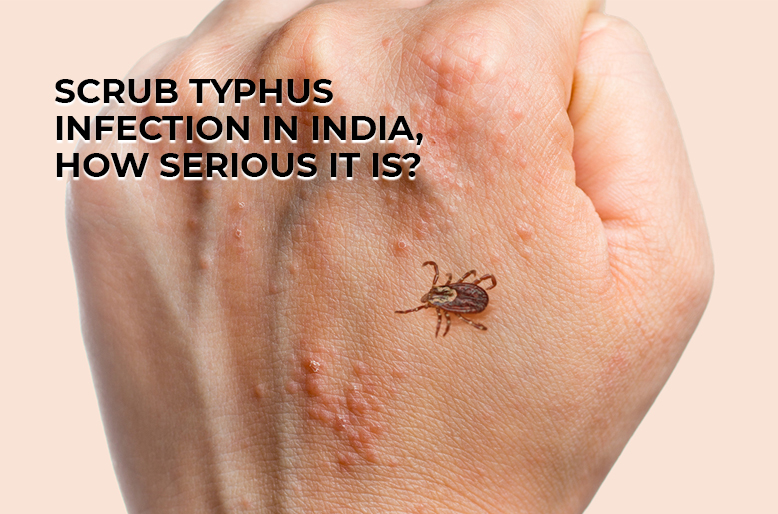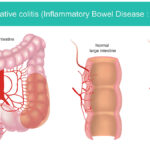Typhus infections, though historically associated with war and overcrowding, continue to pose public health threats in endemic regions. These bacterial illnesses, transmitted primarily by arthropod vectors, can escalate rapidly without timely intervention. We present a comprehensive overview of typhus infections, including their types, pathogenesis, clinical manifestations, and current treatment protocols.

Overview of Typhus Infections
Typhus refers to a group of infectious diseases caused by different species of Rickettsia bacteria. These diseases are characterized by fever, rash, and systemic involvement, and are transmitted via lice, fleas, or mites.
Main Types of Typhus
- Epidemic Typhus: Caused by Rickettsia prowazekii, spread by body lice.
- Endemic (Murine) Typhus: Caused by Rickettsia typhi, transmitted by rat fleas.
- Scrub Typhus: Caused by Orientia tsutsugamushi, spread by chigger mites.
Causes and Vectors of Typhus
Typhus infections originate from Rickettsia and Orientia species. These obligate intracellular pathogens infect endothelial cells, leading to vascular inflammation and multi-organ complications.
Transmission Vectors
- Body Lice (Pediculus humanus corporis): Epidemic typhus.
- Fleas (Xenopsylla cheopis): Endemic typhus.
- Mites (Leptotrombidium species): Scrub typhus.
Infection occurs when the feces of infected arthropods are introduced into the human bloodstream through scratching or broken skin.
Geographic Distribution and Risk Areas
Typhus infections are geographically defined based on vector presence and environmental conditions.
| Typhus Type | Primary Regions |
|---|---|
| Epidemic Typhus | Central and Eastern Africa, Andes |
| Endemic Typhus | Southern USA, Latin America, SE Asia |
| Scrub Typhus | Asia-Pacific (Tsutsugamushi Triangle) |
Risk increases with overcrowding, poor hygiene, and exposure to rural or forested environments.
Clinical Symptoms and Progression
Typhus infections typically begin with non-specific symptoms that progress rapidly without treatment.
Common Initial Symptoms
- Sudden high fever (39–40°C)
- Severe headache
- Chills
- Myalgia (muscle pain)
- Malaise
Disease-Specific Signs
- Epidemic Typhus: Maculopapular rash starting on the trunk, neurological involvement, stupor.
- Endemic Typhus: Mild rash, less severe course.
- Scrub Typhus: Eschar (black necrotic lesion), regional lymphadenopathy, respiratory distress in severe cases.
If untreated, complications may include hypotension, renal failure, pneumonia, and meningoencephalitis.
Diagnosis and Laboratory Confirmation
Early clinical suspicion is crucial due to non-specific symptoms. Laboratory tests include:
- Serologic tests: Indirect immunofluorescence assay (IFA) – gold standard.
- PCR (Polymerase Chain Reaction): Confirms DNA of Rickettsia or Orientia.
- Weil-Felix test: Historically used, low sensitivity/specificity.
- Complete blood count: May show thrombocytopenia, leukopenia.
Prompt diagnosis leads to better outcomes and prevents complications.
Typhus Treatment Protocols
Timely antibiotic therapy is critical. Delayed treatment significantly increases mortality in epidemic typhus.
First-Line Antibiotics
- Doxycycline (preferred):
- Adults: 100 mg twice daily for 7–10 days.
- Children: Safe when benefit outweighs risk.
- Chloramphenicol: Alternative for pregnant women when doxycycline is contraindicated.
- Azithromycin: Alternative in doxycycline-resistant or pediatric cases (especially in scrub typhus).
Most patients respond within 48 hours. Hospitalization may be required for severe or complicated cases.
Prevention and Control Strategies
Reducing exposure to vectors is the most effective method of typhus prevention.
Personal Protective Measures
- Avoid lice- and flea-infested areas.
- Wear long clothing in endemic regions.
- Use insect repellents containing DEET or permethrin.
Public Health Measures
- Improve sanitation and hygiene in refugee or overcrowded camps.
- Control vector populations (lice, fleas, rodents).
- Health education in high-risk areas.
Currently, there is no commercially available vaccine for typhus, though vaccine development efforts continue.
Typhus vs. Typhoid: Key Differences
Despite similar names, typhus and typhoid are unrelated:
| Feature | Typhus | Typhoid Fever |
|---|---|---|
| Cause | Rickettsia/Orientia bacteria | Salmonella Typhi bacteria |
| Transmission | Arthropods (lice, fleas, mites) | Contaminated food and water |
| Symptoms onset | Sudden and severe | Gradual |
| Vaccine availability | No (currently) | Yes (TCV, Vi polysaccharide) |
| Antibiotic treatment | Doxycycline, chloramphenicol | Ceftriaxone, azithromycin |
Public confusion between these diseases often results in mismanagement and delayed care.
Historical Impact and Modern Resurgence
Typhus has shaped human history, notably during wars, famines, and disasters:
- Napoleonic Wars: Claimed more soldiers than battlefield injuries.
- World War I & II: Typhus epidemics killed millions in Europe.
- Recent Resurgences: Refugee camps in Africa and natural disaster zones have seen spikes in cases.
Modern outbreaks serve as reminders of the disease’s ability to resurface in crisis conditions.
Typhus infections remain a significant global health concern in vulnerable populations and crisis settings. Prompt recognition, effective vector control, and early treatment are essential to reduce morbidity and mortality. As global climate change and urban crowding intensify, vigilance and public health preparedness must remain high to prevent typhus reemergence in both endemic and previously unaffected areas.

